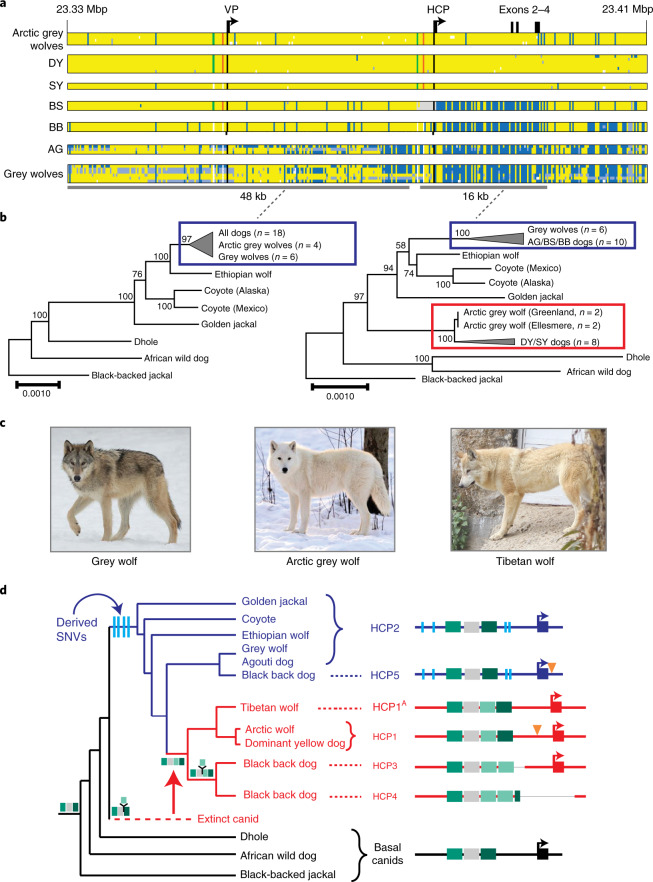Fig. 4. Yellow dogs and white wolves share an ancient HCP haplotype.
a, Genotypes at 377 SNVs (columns) at the ASIP locus in grey wolves and dogs (rows), coded for heterozygosity (light blue), homozygosity for the reference (yellow) or the alternate (dark blue) allele or as missing genotypes (white). Alternate first exons (arrows) and nearby DY-associated structural variants (SINE insertions, green; polynucleotide expansions, orange) are included for reference. b, Maximum likelihood phylogenies, including seven extant canid species and the dog, from 48- and 16-kb intervals upstream or downstream of the HCP, respectively. Grey wolf/dog phyletic clades are highlighted with boxes to indicate relationships that are consistent (blue) or inconsistent (red) with genome-wide phylogenies. c, Images of a grey wolf, Arctic grey wolf and Tibetan wolf. d, A phylogeny representing distinct HCP evolutionary histories inferred from genetic variation in extant canids. Structural variants (as represented in Fig. 2) and derived SNVs (cyan) distinguish wolf-like canid (blue), ghost lineage (red) and basal canid (black) haplotypes.

